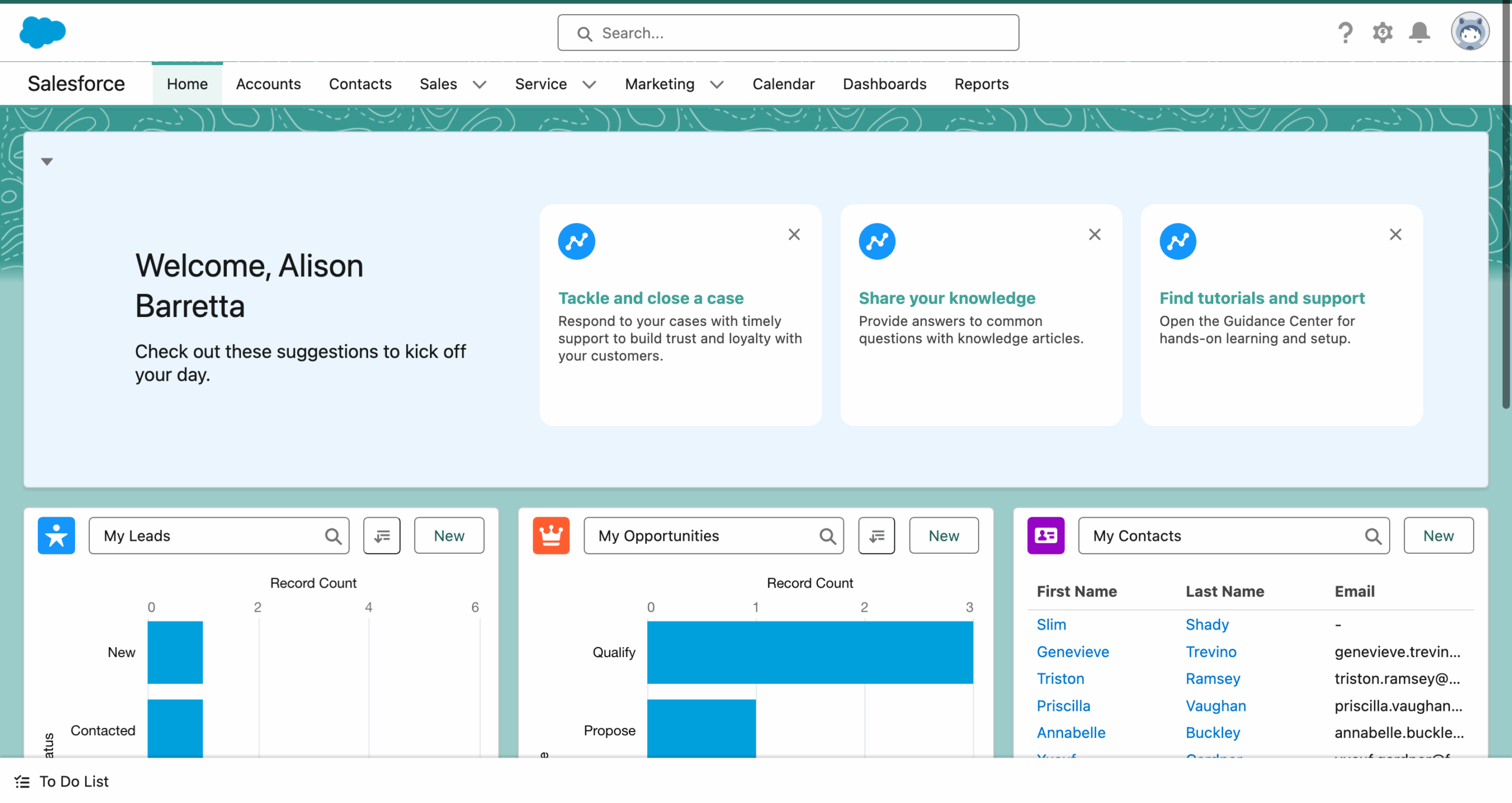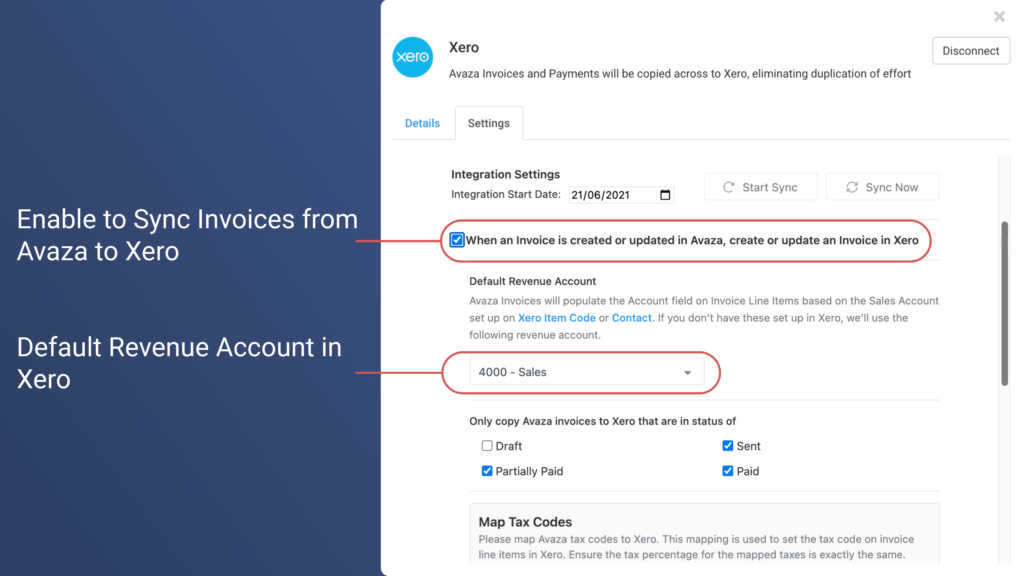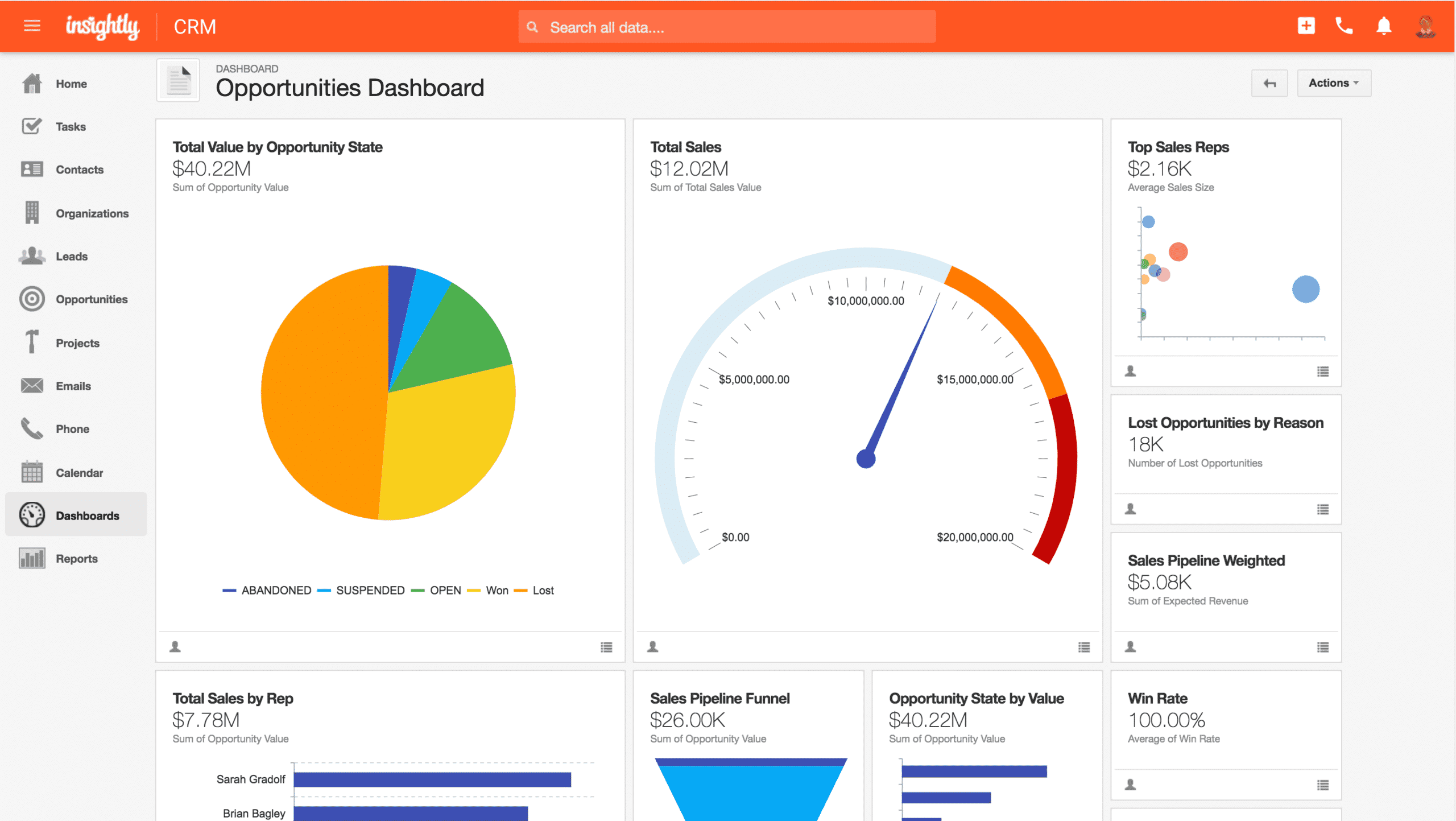Unlocking Innovation: How CRM Systems Propel Small Businesses Forward

Unlocking Innovation: How CRM Systems Propel Small Businesses Forward
In the dynamic world of small business, staying ahead of the curve is no longer a luxury – it’s a necessity. Innovation, the lifeblood of growth, requires a strategic approach, and that’s where a Customer Relationship Management (CRM) system steps in. This article dives deep into how CRM systems act as a catalyst for innovation within small businesses, providing actionable insights and real-world examples to help you transform your business.
The Foundation: Understanding CRM and its Role
Before we explore the innovative potential of CRM, let’s establish a clear understanding of what it is. At its core, a CRM system is a technology that manages all your company’s relationships and interactions with customers and potential customers. It’s a centralized hub that stores valuable data, streamlines processes, and provides a 360-degree view of each customer.
Think of it as the central nervous system of your business’s customer interactions. It gathers information from various touchpoints – website visits, email exchanges, phone calls, social media interactions, and purchase history – consolidating it into a single, accessible location. This comprehensive view enables businesses to understand their customers better, anticipate their needs, and personalize their interactions.
For small businesses, this is particularly crucial. Unlike larger corporations with dedicated departments for data analysis and customer insights, small businesses often operate with limited resources. A CRM system levels the playing field, providing the tools and insights needed to compete effectively.
Why CRM is a Catalyst for Innovation
Innovation isn’t just about inventing new products or services; it’s about finding new ways to solve problems, improve processes, and deliver value to customers. CRM systems facilitate this in several key ways:
1. Enhanced Customer Understanding
The most significant advantage of a CRM is the depth of customer understanding it provides. By centralizing customer data, you gain a clear picture of their preferences, behaviors, and needs. This understanding fuels innovation in the following ways:
- Identifying unmet needs: Analyzing customer data can reveal gaps in the market or unmet needs that your current offerings don’t address.
- Personalizing solutions: Understanding individual customer preferences allows you to tailor products and services to meet their specific needs, leading to increased satisfaction and loyalty.
- Predicting future trends: By tracking customer behavior over time, you can identify emerging trends and proactively adapt your offerings to stay ahead of the competition.
2. Streamlined Processes and Increased Efficiency
CRM systems automate many repetitive tasks, freeing up valuable time for your team to focus on more strategic initiatives, including innovation. This can include:
- Automated lead nurturing: CRM systems can automatically nurture leads through the sales funnel, freeing up your sales team to focus on closing deals.
- Simplified customer service: CRM systems provide customer service representatives with instant access to customer information, enabling them to resolve issues quickly and efficiently.
- Improved collaboration: CRM systems facilitate collaboration between different departments, ensuring that everyone has access to the same customer information and can work together effectively on innovation projects.
3. Data-Driven Decision Making
CRM systems provide a wealth of data that can be used to make informed decisions about product development, marketing strategies, and customer service improvements. This data-driven approach to decision-making minimizes risk and increases the likelihood of success for innovative initiatives.
- Measuring the impact of innovation: CRM systems allow you to track the impact of new products, services, and marketing campaigns, providing valuable insights into what works and what doesn’t.
- Identifying areas for improvement: By analyzing customer feedback and sales data, you can identify areas where your products or services can be improved, leading to continuous innovation.
- Optimizing marketing efforts: CRM systems can help you identify the most effective marketing channels and tailor your messaging to specific customer segments, maximizing your return on investment.
4. Fostering a Customer-Centric Culture
CRM systems promote a customer-centric culture, where the needs and preferences of customers are prioritized. This customer-focused approach is essential for innovation, as it ensures that new products and services are designed to meet the needs of the target audience.
- Encouraging customer feedback: CRM systems make it easy to collect and analyze customer feedback, providing valuable insights into their needs and preferences.
- Empowering employees: CRM systems provide employees with the tools and information they need to provide exceptional customer service, leading to increased customer satisfaction and loyalty.
- Building strong customer relationships: By fostering strong customer relationships, CRM systems help you build a loyal customer base that is more likely to embrace new products and services.
Real-World Examples of CRM-Driven Innovation
The impact of CRM on innovation is not just theoretical; it’s a tangible reality for many small businesses. Here are some examples:
1. Personalized Product Recommendations
An e-commerce business uses its CRM to track customer purchase history and browsing behavior. Based on this data, the system recommends relevant products to each customer, leading to increased sales and customer satisfaction. This is a form of innovation in the way products are presented and sold.
2. Proactive Customer Service
A software company uses its CRM to track customer support tickets and identify common issues. By analyzing this data, they proactively create tutorials and FAQs to address these issues, reducing the number of support tickets and improving customer satisfaction. This is an innovation in customer service delivery.
3. Targeted Marketing Campaigns
A small marketing agency uses its CRM to segment its customer base based on industry, company size, and marketing goals. They then create targeted marketing campaigns for each segment, resulting in higher conversion rates and improved lead generation. This is innovation in marketing strategies.
4. New Product Development
A restaurant chain uses its CRM to collect customer feedback on its menu items. Based on this feedback, they develop new menu items that are tailored to customer preferences, leading to increased sales and customer loyalty. This is innovation in product development.
Implementing CRM for Innovation: A Step-by-Step Guide
Implementing a CRM system can seem daunting, but a well-planned approach will ensure a smooth transition and maximize its impact on your innovation efforts. Here’s a step-by-step guide:
1. Define Your Goals and Objectives
Before you start researching CRM systems, define your goals and objectives. What do you want to achieve with a CRM? Are you looking to improve customer service, increase sales, or streamline your marketing efforts? Clearly defined goals will help you choose the right CRM system and measure its success.
2. Choose the Right CRM System
There are many CRM systems on the market, so it’s important to choose one that meets your specific needs. Consider factors such as:
- Ease of use: Choose a system that is easy to learn and use, especially if you don’t have a dedicated IT team.
- Features: Make sure the system offers the features you need, such as contact management, sales automation, marketing automation, and customer service tools.
- Scalability: Choose a system that can grow with your business.
- Integration: Ensure the system integrates with your existing tools, such as your email marketing platform and accounting software.
- Pricing: Consider the cost of the system, including the initial setup fees and ongoing subscription costs.
3. Migrate Your Data
Once you’ve chosen a CRM system, you’ll need to migrate your existing customer data. This can be a time-consuming process, so it’s important to plan it carefully. Clean up your data before migrating it to ensure accuracy. Consider using a data migration tool to automate the process.
4. Train Your Team
Training your team is essential for the successful implementation of a CRM system. Provide comprehensive training on all aspects of the system, including how to use the features, how to enter data, and how to generate reports. Encourage your team to ask questions and provide feedback.
5. Customize the System
Customize the CRM system to meet your specific needs. This may involve configuring the system to track the information you need, creating custom fields, and integrating the system with your other tools. Regularly review your configurations to make sure they are still meeting your needs.
6. Implement a Feedback Loop
Establish a feedback loop to continuously improve your CRM system and your innovation efforts. Encourage your team to provide feedback on the system and its effectiveness. Regularly review your data and reports to identify areas for improvement. Use this feedback to refine your CRM strategy and drive continuous innovation.
7. Measure Your Results
Track key metrics to measure the impact of your CRM system on your innovation efforts. These metrics may include customer satisfaction, sales growth, marketing ROI, and customer lifetime value. Use these metrics to assess the effectiveness of your CRM system and identify areas for improvement.
Choosing the Right CRM for Your Small Business
The CRM landscape is vast. The best choice depends on your specific needs, budget, and technical expertise. Here’s a brief overview of popular CRM options to help you get started:
1. HubSpot CRM
HubSpot CRM is a popular choice for small businesses due to its user-friendliness and free plan. It offers a wide range of features, including contact management, sales pipeline tracking, and email marketing tools. It’s an excellent starting point, especially for businesses new to CRM.
2. Zoho CRM
Zoho CRM offers a comprehensive suite of features at a competitive price point. It’s highly customizable and integrates with other Zoho applications, making it a good choice for businesses looking for an all-in-one solution. It provides robust automation capabilities and extensive reporting features.
3. Salesforce Sales Cloud
Salesforce Sales Cloud is a powerful and feature-rich CRM system, ideal for businesses with more complex needs and the resources to implement and manage it. It offers advanced customization options and extensive integration capabilities. While powerful, it can have a steeper learning curve and higher cost compared to other options.
4. Pipedrive
Pipedrive is a sales-focused CRM designed to help salespeople manage their deals and close more sales. It’s known for its intuitive interface and visual pipeline management. It’s a great option for businesses prioritizing sales process optimization.
5. Freshsales
Freshsales is a CRM system that focuses on sales and customer support. It offers features such as built-in phone, email, and chat functionality, making it easy for sales and support teams to communicate with customers. It is a good choice for companies that need a CRM with strong communication features.
Overcoming Challenges and Maximizing CRM Success
While CRM systems offer significant benefits, implementing them successfully requires careful planning and execution. Here are some common challenges and how to overcome them:
1. Data Migration and Integration Challenges
Migrating data from existing systems can be complex and time-consuming. Ensuring data accuracy and consistency is crucial. The integration with existing tools is also important.
Solutions: Plan the data migration process carefully. Clean and standardize data before migration. Choose a CRM system that integrates seamlessly with your existing tools. Consider using a data migration service if you lack the internal resources.
2. User Adoption
Getting your team to embrace and use the CRM system is crucial for its success. Resistance to change and lack of training can hinder adoption.
Solutions: Provide comprehensive training and ongoing support. Communicate the benefits of the CRM to your team. Customize the system to meet their specific needs. Make the CRM easy to use and integrate it into their daily workflows. Encourage feedback and address any concerns promptly.
3. Maintaining Data Quality
Inaccurate or incomplete data can undermine the effectiveness of the CRM system. Data entry errors, lack of data validation, and inconsistent data entry practices can lead to poor data quality.
Solutions: Implement data validation rules. Provide training on data entry best practices. Regularly review and clean your data. Assign data entry responsibilities to dedicated team members. Use automation to minimize manual data entry.
4. Customization Overload
Over-customizing the CRM system can make it difficult to use and maintain. Adding too many custom fields, workflows, and integrations can complicate the system and make it harder to manage.
Solutions: Define your needs and requirements carefully before customizing the system. Start with a basic setup and add customizations gradually. Keep the system as simple as possible. Document all customizations.
5. Measuring ROI
Demonstrating the value of the CRM system can be challenging. Measuring the return on investment requires tracking key metrics and attributing results to the CRM system.
Solutions: Define clear goals and objectives for the CRM system. Track key metrics, such as sales growth, customer satisfaction, and marketing ROI. Use analytics to measure the impact of the CRM system on your business. Regularly report on your progress and make adjustments as needed.
The Future of CRM and Innovation
The world of CRM is constantly evolving, with new technologies and trends emerging. Staying ahead of the curve is essential for maximizing the innovative potential of your CRM system.
1. Artificial Intelligence (AI) and Machine Learning (ML)
AI and ML are transforming the way businesses use CRM. AI-powered CRM systems can automate tasks, provide insights, and personalize customer interactions. ML algorithms can analyze customer data to predict future behavior and identify opportunities for innovation. Expect more sophisticated AI-driven features in CRM systems in the coming years.
2. Enhanced Personalization
Customers expect personalized experiences. CRM systems will continue to evolve to provide even more sophisticated personalization capabilities. This includes using data to tailor product recommendations, marketing messages, and customer service interactions.
3. Integration with Emerging Technologies
CRM systems will continue to integrate with emerging technologies, such as the Internet of Things (IoT) and blockchain. This will enable businesses to collect even more data and provide even more personalized experiences. For example, IoT devices can provide valuable data on customer behavior, while blockchain can improve data security and transparency.
4. Focus on Customer Experience (CX)
Customer experience (CX) is becoming increasingly important. CRM systems will play a critical role in helping businesses deliver exceptional customer experiences. This includes providing seamless omnichannel experiences, personalized interactions, and proactive customer service.
5. Mobile CRM
Mobile CRM is becoming increasingly important, as more and more businesses operate remotely. CRM systems will continue to evolve to provide mobile-friendly interfaces and features. This will enable businesses to access and manage customer data from anywhere, at any time.
Conclusion: Embracing CRM for a Future of Innovation
In conclusion, CRM systems are not merely tools for managing customer data; they are powerful engines for driving innovation within small businesses. By providing a deeper understanding of customers, streamlining processes, enabling data-driven decision-making, and fostering a customer-centric culture, CRM systems empower small businesses to identify opportunities, develop new products and services, and stay ahead of the competition.
The journey of implementing a CRM system requires careful planning, execution, and continuous improvement. By choosing the right system, training your team, customizing the system to your needs, and measuring your results, you can unlock the full potential of CRM and drive innovation within your business. As technology continues to evolve, the role of CRM in driving innovation will only become more significant.
Embrace the power of CRM, and embark on a path of continuous innovation, growth, and success. Your customers, and your business, will thank you for it.




